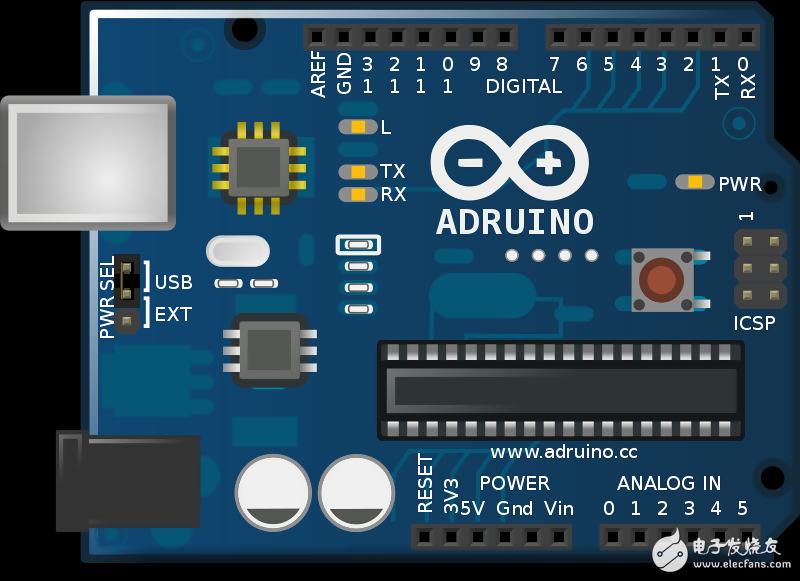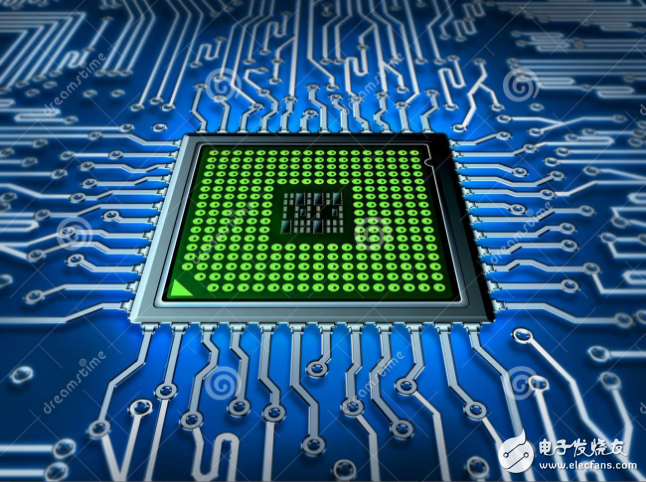The difference between microprocessor and microcontroller
Microprocessor

A microprocessor, often referred to as a CPU (Central Processing Unit), is a powerful chip that serves as the core of a computer system. Unlike microcontrollers, it is not designed for a specific embedded function but rather for general-purpose computing. It is commonly found in personal computers, workstations, and other high-performance systems. Popular examples include Intel's X86 series and Motorola's 68K series. These chips are designed to handle complex tasks, such as running operating systems and executing software applications.
Historically, microcontrollers were developed to integrate an entire computer into a single chip, making them ideal for embedded applications. Over time, they evolved to include additional components like RAM, ROM, timers, and interrupt controllers, all on one chip. This made them highly efficient for control-based tasks, such as managing sensors or motors in industrial equipment or consumer electronics.
Microcontroller

A microcontroller is essentially a small computer on a single integrated circuit. It includes a processor, memory, and input/output peripherals, making it suitable for embedded systems where space and power efficiency are important. Unlike a microprocessor, which is typically used as the central component in a larger system, a microcontroller is a self-contained unit that can operate independently with minimal external components.
The term "microcontroller" is often used interchangeably with "MCU" (Microcontroller Unit). They are widely used in everyday devices such as washing machines, thermostats, and automotive systems. Their design focuses on real-time processing, low power consumption, and simplicity, which makes them ideal for automation and control applications.
CPU Composition
Arithmetic: The arithmetic section includes components like the Arithmetic Logic Unit (ALU), accumulator, register group, data path, and data bus. These elements perform mathematical operations and data manipulation.
Controller: The controller manages the execution of instructions. It consists of components such as the instruction decoder, counter, instruction register, status register, timing generator, and micro-operation signal generator. It ensures that instructions are executed in the correct sequence and that data flows properly through the system.
Differences Between Microprocessor and Microcontroller
The main differences between microprocessors and microcontrollers lie in their hardware structure, application domain, and instruction set features.
1) Hardware Structure
A microprocessor is essentially a standalone CPU, while a microcontroller integrates the CPU along with memory (RAM and ROM), I/O ports, timers, and interrupts into a single chip. This makes microcontrollers more compact and efficient for embedded systems. Microcontrollers also have built-in interrupt handling capabilities, allowing them to respond quickly to external events without relying on external components. In contrast, microprocessors usually require additional chips to manage interrupts and other peripheral functions.
2) Application Field
Microprocessors are primarily used in general-purpose computing systems, such as desktops, laptops, and servers. They are optimized for performance and versatility. On the other hand, microcontrollers are used in control-oriented applications, such as industrial automation, home appliances, and automotive systems. Their design emphasizes low cost, small size, and energy efficiency, making them ideal for embedded environments where only basic processing is needed.
3) Instruction Set Features
Microprocessors typically have complex instruction sets that support advanced operations, including bit manipulation, addressing modes, and large data handling. They are designed for high-level computing tasks. Microcontrollers, however, use simpler, streamlined instruction sets focused on I/O control and real-time processing. They often include bit-oriented instructions, which are essential for controlling individual pins or signals in embedded systems. While microprocessors offer greater computational power, microcontrollers are more efficient for specific control tasks.
In summary, microprocessors are best suited for general-purpose computing, while microcontrollers excel in embedded and control applications. Choosing between the two depends on the specific requirements of the system, such as processing power, cost, and functionality.
Memory for Mini PC,Memory Capacity,Memory for Desktop
Shenzhen Innovative Cloud Computer Co., Ltd. , https://www.xcypc.com